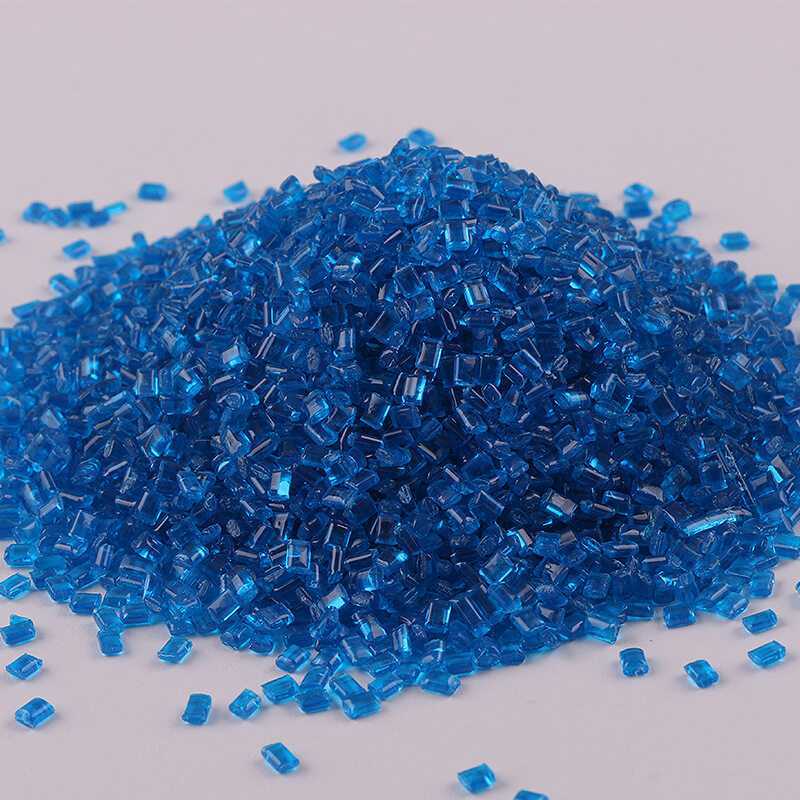Ошибка формата электронной почты
emailCannotEmpty
emailDoesExist
pwdLetterLimtTip
inconsistentPwd
pwdLetterLimtTip
inconsistentPwd

Offer Technical Support and Customized Solutions
The company is committed to creating new and improved plastic materials to meet the evolving demands of the market.

Polycarbonate Granule Prices and Market Trends: A Comprehensive Analysis
Introduction
Polycarbonate granules are a versatile and widely used material in various industries, ranging from automotive to electronics, owing to their exceptional properties such as high impact resistance, optical clarity, and flame retardancy. As industries continue to evolve, it is crucial to understand the dynamics of polycarbonate granule prices and market trends. In this blog, we will delve into the factors influencing the pricing of polycarbonate granules and explore the current market trends.
Factors Affecting Polycarbonate Granule Prices
The pricing of polycarbonate granules is a multifaceted phenomenon influenced by several key factors, which include:
Raw Material Costs: The primary raw materials for polycarbonate production are bisphenol A (BPA) and phosgene, both of which are susceptible to price fluctuations in the petrochemical market. Any shifts in the cost of these raw materials can directly impact the price of polycarbonate granules.
Supply and Demand: Like any other commodity, the law of supply and demand plays a significant role in determining prices. If the demand for polycarbonate granules exceeds the supply, prices tend to rise, and vice versa.
Energy Costs: The energy-intensive nature of the polycarbonate production process makes it sensitive to changes in energy prices. Increases in energy costs can lead to higher production expenses and, subsequently, higher prices for the end product.
Technological Advancements: Advances in production processes and technology can improve efficiency and reduce manufacturing costs. Conversely, innovations that enhance the properties of polycarbonate granules can lead to premium pricing.
Regulations and Environmental Factors: Environmental regulations can impact the production of polycarbonate granules. Compliance with stricter environmental standards may necessitate costly modifications, which can affect pricing.
Geopolitical Factors: Global events and geopolitical tensions can disrupt the supply chain and lead to price volatility. Tariffs, trade restrictions, or disruptions in the transportation of raw materials can all affect prices.
Market Trends in Polycarbonate Granules
Now, let's explore the current market trends in polycarbonate granules:
Rising Demand in the Automotive Industry: The automotive sector continues to be a significant consumer of polycarbonate granules, driven by the need for lightweight materials to improve fuel efficiency. With the growing trend towards electric vehicles, demand for polycarbonate components, such as light-weighted windows and structural parts, is on the rise.
Increasing Use in Electronics: Polycarbonate's electrical insulating properties and flame retardancy make it an ideal choice for electronic components. The proliferation of electronic devices, especially in the consumer electronics sector, is boosting the demand for polycarbonate granules.
Focus on Sustainable Solutions: Environmental concerns are driving the development of sustainable alternatives to traditional plastics. Polycarbonate is recyclable and can be reprocessed, making it an attractive option in a world increasingly conscious of sustainability. Manufacturers are exploring recycled polycarbonate options, contributing to market growth.
Shift Towards Asia-Pacific: The Asia-Pacific region, particularly China, has witnessed robust growth in polycarbonate production and consumption. The region's thriving manufacturing industries and growing demand for end-use applications are reshaping the global market landscape.
Price Volatility: As mentioned earlier, price fluctuations in raw materials and energy costs can lead to price volatility. Manufacturers and consumers are closely monitoring these factors to adapt to market changes.
Conclusion
In conclusion, the pricing of polycarbonate granules is influenced by a complex interplay of factors, including raw material costs, supply and demand dynamics, energy costs, technological advancements, regulations, and geopolitical events. Understanding these factors is crucial for businesses and industries that rely on polycarbonate granules for their products.
Market trends show a promising future for polycarbonate granules, driven by their increasing use in automotive, electronics, and sustainable solutions. The Asia-Pacific region is emerging as a dominant player in the polycarbonate market. However, stakeholders must remain vigilant regarding price volatility and adapt their strategies accordingly to thrive in this dynamic industry.

